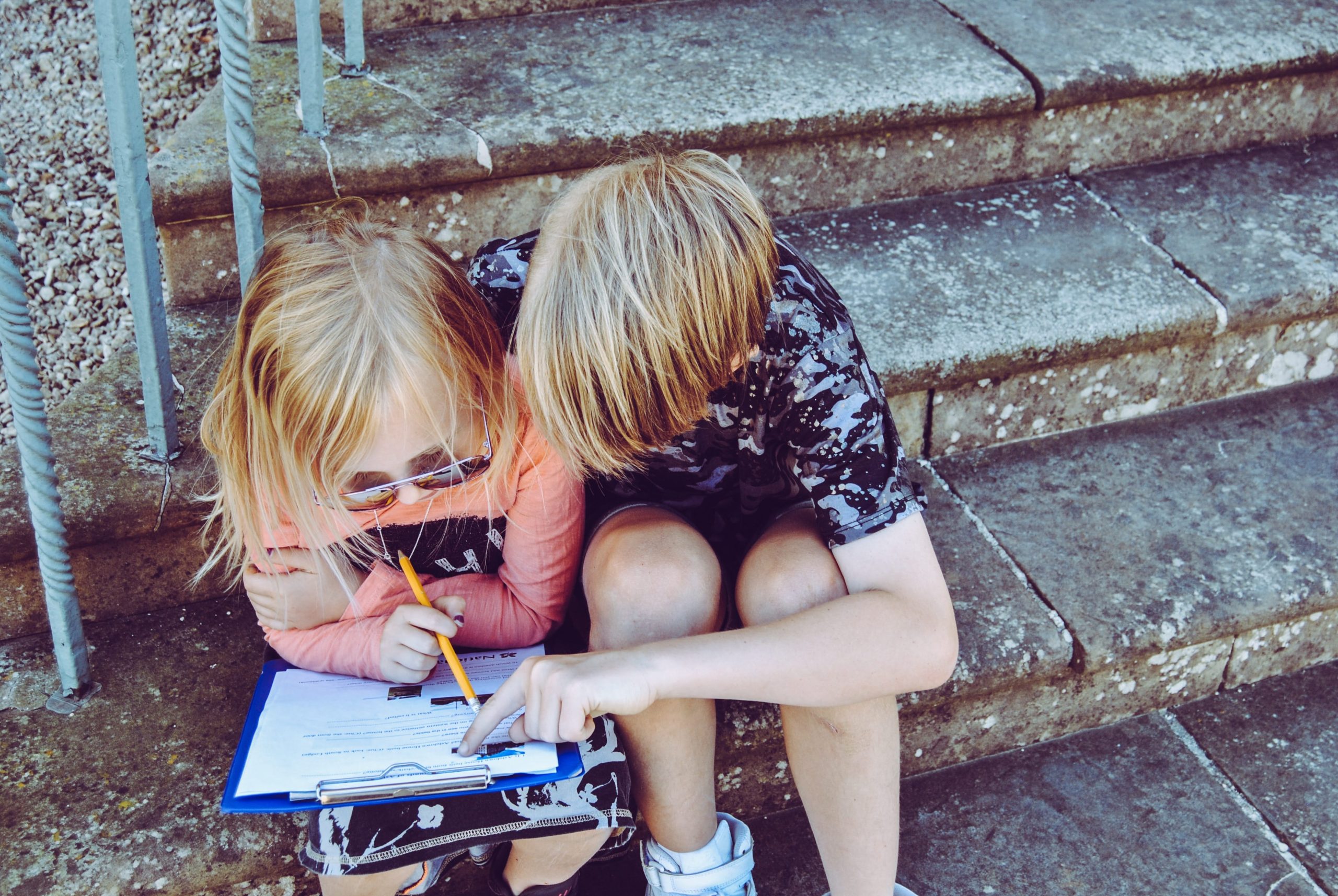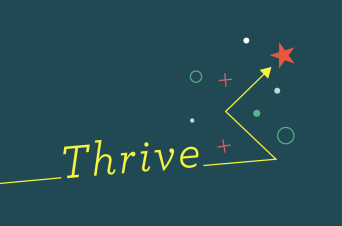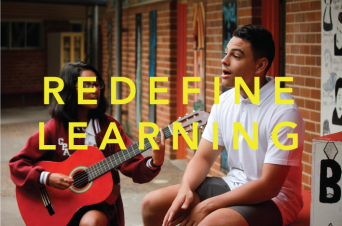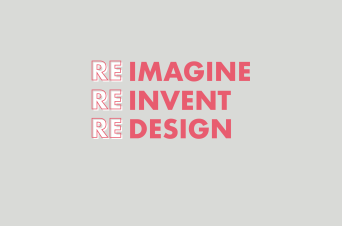
Deeper learning demands deeper purposes
blog | Words Valerie Hannon | 25 Jan 2018
In this first contribution to Education Week’s Learning Deeply blog series, Valerie Hannon and Amelia Peterson explain why education systems need to rethink what it means to be educated.
This blog was originally published by Education Week. You can see the original version here.
How do we innovate towards deeper learning? At Innovation Unit, we used to talk to education policymakers about a “split screen”. One side of their organisations stays focused on improvement: increasing levels of literacy and numeracy; reducing dropouts; raising graduation rates, whilst the other side focuses on innovation: rethinking the shape of the curriculum; developing new assessments; and promoting experimentation in teaching and learning. In the Clay Christensen lexicon, the distinction is between sustaining and disruptive innovation.
The aspiration of the split screen was that the new ways of doing things – ones which took full advantage of the knowledge and technologies that exist today and met the demands of contemporary societies – would gradually take over the improvement side and become “the way we do things”.
The challenge of the split screen in practice is making this jump. Most education systems have spent close to 20 years working concertedly on the improvement side, at least since the OECD PISA rankings turned literacy and numeracy rates into a political football. In the United States, more than 30 years have passed since the U.S. Department of Education first put up “wall charts” comparing the performance of each state on their graduation rates and SAT scores. A lot of people have got pretty good at the improvement game and there is even a little to show for it: despite a period of increased child poverty and income inequality, reading and math scores of 4th and 8th graders in the U.S. have improved consistently on international benchmarks, and graduation rates are close to an all-time high. It is not surprising, however, that no departments of education are raising the “job done” flag.
Any improvement pales against the increasingly demanding nature of our world. Have we really got much closer to helping young people make sense of their aspirations, sexuality, neighbours, work opportunities, government or environment? The pull of the improvement side is strong: its goals are captured in floodlights and generate continued incentives to focus all efforts on raising those numbers. Jal has written on this blog about the challenge of “unlearning” as schools shift from a focus on test scores towards teaching for deeper learning. We believe that shift is only possible if one first moves the goalposts.
At every school we’ve worked with or visited where students show evidence of extraordinary learning, we find that teachers and leaders are committed to a broad and ambitious set of goals. They want things for their students that go far beyond academic achievement: they are interested in their character, their creativity, and their real prospects in the wider world. The most inspiring teachers we have met are those who make us believe – because they believe – that their students will be the ones to change the world for the better. Unlike a top college acceptance, that is something that could be true of every young person.
Deeper learning first demands deeper purposes. In a book published last year, Thrive: Schools Reinvented for the challenges we face, we proposed nine of these purposes in the form of goals for what a young person might have or be able to do by the end of school:
- A secure sense of self
- Responsibility for personal health, fitness and wellbeing
- Loving and respectful relationships in diverse, technologized societies
- Engage with, and learn from, other generations
- Learn to navigate a disrupted and uncertain landscape of work
- Reinvent a participative, authentic and meaningful democracy
- Live sustainably
- Protect the earth’s ecosystem
- Acquire global competence
If mastery of French and handling a horse once represented what it meant to be educated, this is what we propose it should mean now. For young people to practice each of these while at school demands more ambitious teaching and learning. Now, when we work with groups of schools, we always introduce this list. We do not assume that schools immediately take up all of these – the schools we write about in Thrive tended to major on one or two – but it was interesting how often we found places which exemplified several, such as the Pacific School of Innovation and Inquiry in British Columbia, Canada, or Campbelltown Performing Arts High School, near Sydney, Australia. It seems that once a school and its stakeholders have mutually agreed that the purpose of school is something bigger than the pursuit of higher numbers, they start to discover self-reinforcing benefits.
Only with new goals does the second side of the split screen really come into focus. And that has brought an unexpected shift for us. We used to question whether schools would survive on the “innovate” side of the split screen. Surely, with new technologies and the ever-crushing weight and expense of bureaucracy, there was some new form of distributed learning that could replace schools entirely? Could we not just have “learning systems”? But the schools we document in Thrive – not to mention the many highly skilled school leaders and teachers we have worked with – have convinced us otherwise. With enough imagination and courage, schools can become very different places: critically, where students can encounter and build community.
Education is ultimately a social endeavour. Like our legal or the health systems, it aims at the fulfilment of a complex ideal. Turning out “educated” young people is just as difficult and multifaceted as achieving “justice”. These are goals that defy the means and logic of efficiency. They require professionals with knowledge, skills and creativity, working in partnership with a wide range of other institutions and, most importantly, with the people they are trying to help. Each case is slightly different, each instance weighs the demands of different stakeholders, and just as we are currently demanding our public institutions rethink what it means to be just, we have to encourage our school systems to update what it means to be educated.

Thrive: Schools reinvented for the real challenges we face
PRESS RELEASE
Valerie Hannon’s new book, being launched in the UK on 28th June 2017, challenges us all to rethink the fundamental purpose of education for our time.
13 Jun 17

Engaging in work that matters
In the first of two posts, Stacey Quince, Principal at Campbelltown Performing Arts High School, reflects on the journey her school is taking to transform the purpose and nature of learning.
18 Jul 17

School Design Lab
School Design Lab brings a practical, holistic approach to the challenge of school design, backed up by a wealth of experience and insight from across the world.
01 Nov 17